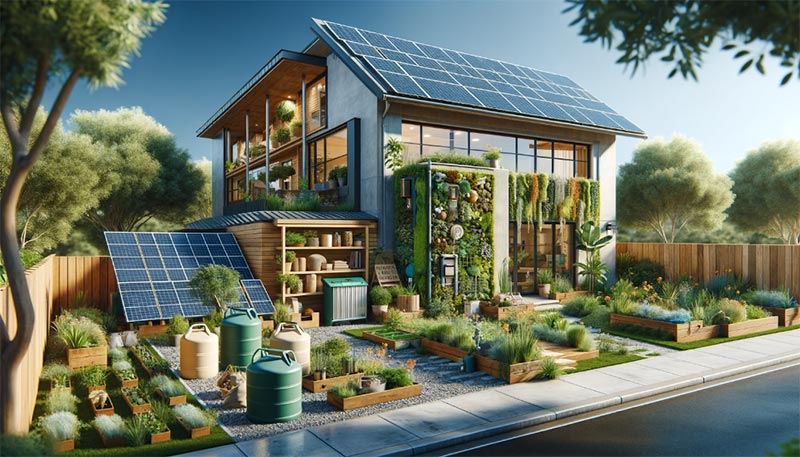How To Design A Sustainable Home: A Step-By-Step Guide

In an era where climate change and environmental degradation are pressing concerns, sustainable home design has emerged as a vital approach to creating more eco-friendly living spaces. By incorporating sustainable materials, energy-efficient systems, and innovative architectural strategies, homeowners and builders can significantly reduce their environmental footprint while promoting a healthier lifestyle. This article delves into the principles and practices of sustainable home design, highlighting the benefits not only for the planet but also for personal well-being and financial savings.
From utilizing renewable resources to optimizing natural light and ventilation, sustainable home design encompasses a diverse range of techniques that can transform traditional houses into energy-efficient havens. As more individuals recognize the importance of sustainability in their daily lives, the demand for green building practices continues to grow. In this exploration, we will uncover various strategies, real-world examples, and the latest trends in sustainable home design that inspire a more conscious approach to living and contribute positively to the environment.
Innovative Materials and Green Technologies
Sustainable home design integrates innovative materials and green technologies that aim to minimize environmental impact while maximizing efficiency. For instance, using reclaimed wood, bamboo, or recycled steel can reduce the demand for new resources, thereby conserving forests and reducing waste. Moreover, the installation of renewable energy systems, such as solar panels and geothermal heating, allows homeowners to harness natural energy sources, significantly lowering utility costs while decreasing reliance on fossil fuels. These advancements not only promote eco-friendliness but also enhance the overall aesthetic and comfort of living spaces.

Natural Elements and Health Benefits
Another essential aspect of sustainable home design is the incorporation of natural elements that improve indoor air quality and overall well-being. Strategies such as maximizing natural light through strategically placed windows and using non-toxic materials contribute to cleaner air and healthier environments. Additionally, designs that promote outdoor connections—like gardens or green roofs—can enhance residents’ mental health and provide recreational space. As awareness of these benefits grows, many are turning to resources like the website to learn more about creating their eco-friendly retreats, ensuring their homes are not only sustainable but also supportive of a healthier lifestyle.
In conclusion, sustainable home design stands at the intersection of environmental stewardship and personal well-being, offering a holistic approach to how we construct and inhabit our living spaces. By embracing innovative materials, green technologies, and natural elements, homeowners can create residences that not only lessen their ecological impact but also foster healthier environments. As the movement towards sustainability gains momentum, it encourages a collective shift in mindset—one that prioritizes the planet’s health alongside our own. Through thoughtful design and conscious choices, we can redefine what it means to create a home, making it a sustainable retreat that nurtures both its inhabitants and the Earth for generations to come.





